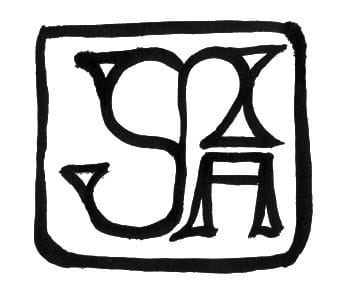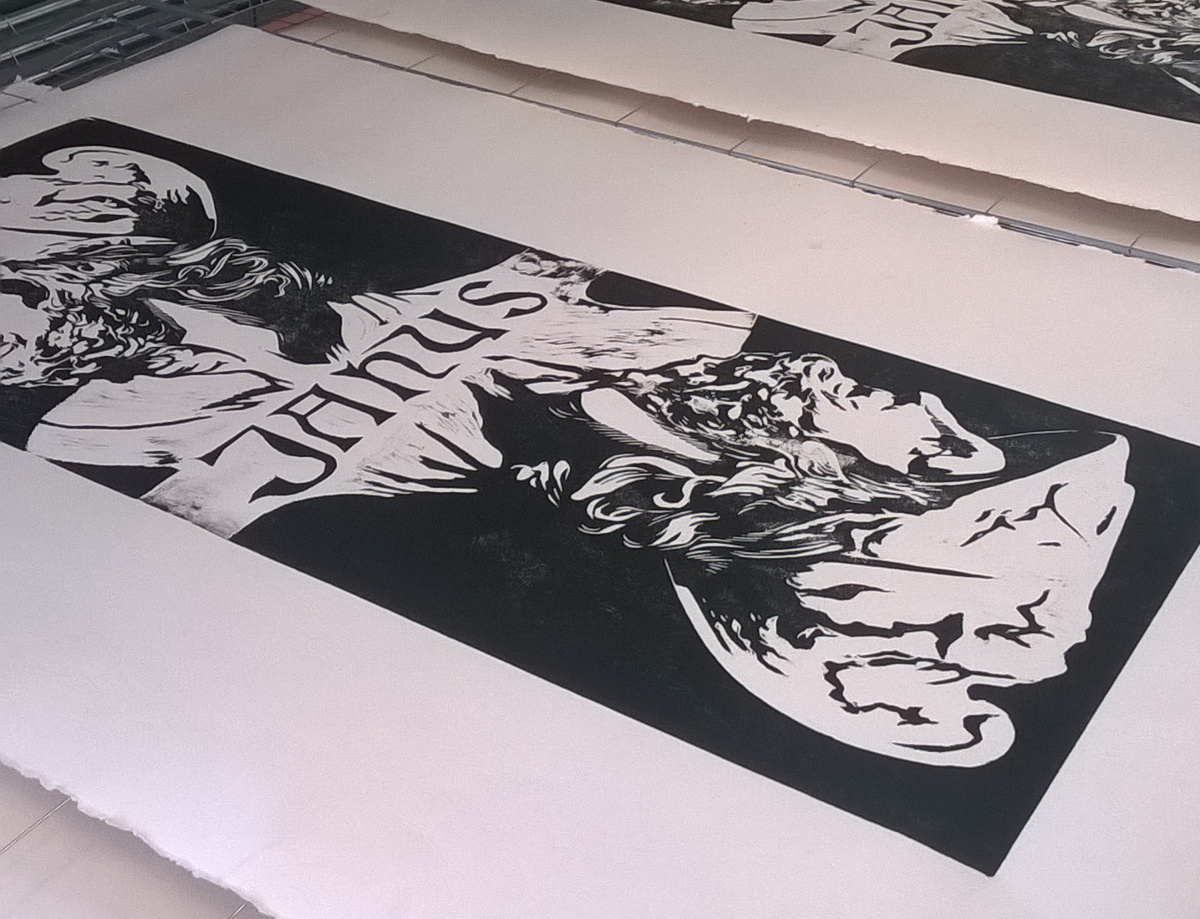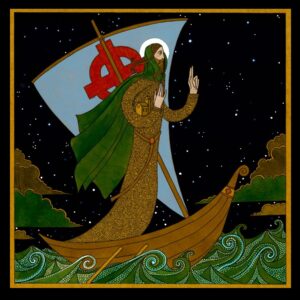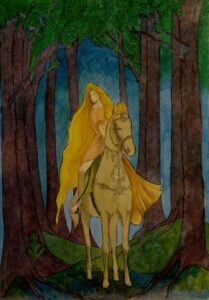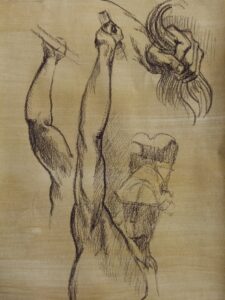Woodcut printmaking is one of the oldest forms of printmaking, dating back to ancient China. The technique involves carving an image into a block of wood, creating a relief surface that is then inked and pressed onto paper to create a print. The history of woodcut printmaking is rich and diverse, spanning continents and centuries, with the technique evolving and adapting to different cultural and artistic influences over time.
The origins of woodcut printmaking can be traced back to ancient China, where it was used to create illustrations for books and religious texts. The technique spread to Japan and Korea in the 8th century, where it became an integral part of their artistic traditions. In Europe, woodcut printmaking became popular in the 15th century, particularly in Germany and Italy, where it was used to create religious prints and illustrations for books.
During the Renaissance, woodcut printmaking flourished in Europe, with artists such as Albrecht Durer and Hieronymus Bosch using the technique to create intricate and detailed prints. The invention of the printing press in the 15th century also helped to popularize woodcut printmaking, making it easier to reproduce and distribute prints to a wider audience.
In the 19th century, woodcut printmaking experienced a revival as artists sought to reconnect with traditional artistic techniques in reaction to the industrialization and mass production of the era. Artists such as Vincent van Gogh and Edvard Munch used woodcut printmaking to create bold and expressive prints, experimenting with color and texture to create powerful and emotional images.
In the 20th century, woodcut printmaking continued to evolve and adapt to changing artistic trends. Artists such as Gustave Baumann and Emil Nolde embraced the medium, pushing the boundaries of traditional woodcut techniques to create innovative and experimental prints. The Woodcut Revolution, a movement that emerged in the 1960s and 70s, sought to challenge traditional notions of printmaking and explore new ways of working with woodcut.
Today, woodcut printmaking continues to be a popular and versatile artistic technique, with artists around the world using it to create unique and compelling prints. Advances in technology have made it easier for artists to create and reproduce woodcut prints, while also allowing them to experiment with new materials and techniques. The renaissance of traditional crafts and techniques in the digital age has also sparked renewed interest in woodcut printmaking, with artists and collectors appreciating the handmade and tactile qualities of the medium.
In conclusion, the history of woodcut printmaking is a testament to the enduring appeal and versatility of this ancient artistic technique. From its origins in ancient China to its widespread popularity in Europe and beyond, woodcut printmaking has continuously evolved and adapted to changing artistic trends and cultural influences. Today, woodcut printmaking remains a vibrant and dynamic medium, with artists experimenting with new materials and techniques to create innovative and expressive prints.
